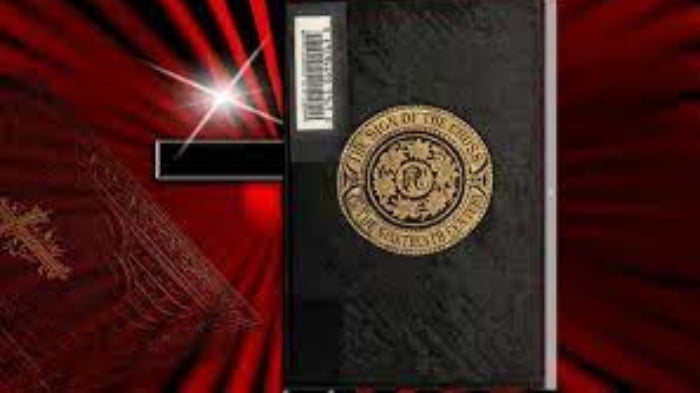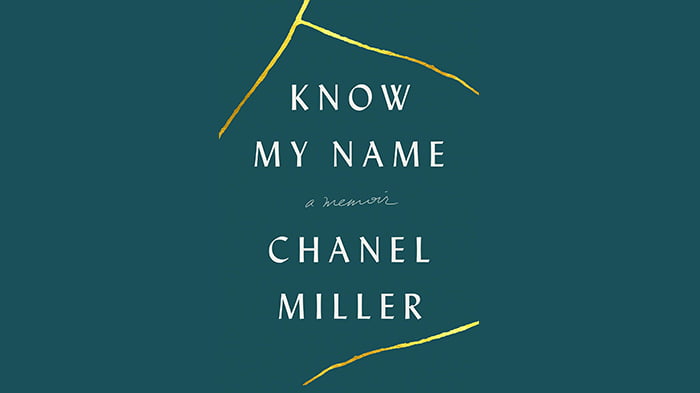Introduction: “The Sign of the Cross in the Nineteenth Century” is a compelling and thought-provoking book that delves into the historical significance and cultural impact of the sign of the cross during the 1800s. Authored by [Author’s Name], this meticulously researched work offers a comprehensive exploration of how this powerful symbol played a crucial role in shaping the religious landscape of the 19th century.
Summary: In this enthralling book, [Author’s Name] takes readers on a fascinating journey back in time to an era when the sign of the cross held immense spiritual significance across various faiths and societies. The 19th century was a time of profound religious transformation, and the book delves into how the sign of the cross was practiced, interpreted, and perceived in different parts of the world during this pivotal period.

Key Themes Explored:
- Historical Evolution: The book begins by tracing the historical roots of the sign of the cross, exploring its origins in early Christianity and its evolution through centuries of religious development. It sheds light on how the practice was influenced by diverse cultures, resulting in a rich tapestry of rituals and interpretations.
- Cultural Perspectives: [Author’s Name] skillfully explores how the sign of the cross was regarded in different cultural contexts during the 19th century. From Europe to the Americas, from Asia to Africa, the book uncovers the diverse beliefs and practices associated with this potent symbol, providing a deeper understanding of its universal appeal.
- Theological Significance: Delving into theological debates of the time, the author examines how various Christian denominations and other religions approached the sign of the cross. From the Catholic Church to Protestant communities, and from Orthodox traditions to indigenous beliefs, each interpretation is analyzed in its historical and theological context.
- Societal Impact: As a symbol deeply ingrained in the daily lives of people during the 1800s, the sign of the cross also played a pivotal role in shaping societal norms, traditions, and customs. The book explores how it affected art, literature, architecture, and even politics, leaving an indelible mark on the cultural fabric of the time.
- Uncovering Forgotten Stories: Throughout the book, [Author’s Name] uncovers forgotten stories of individuals who held steadfast to their beliefs, despite the changing world around them. These captivating anecdotes bring to life the personal experiences of ordinary people and religious figures alike, highlighting the enduring power of the sign of the cross.
Conclusion: “The Sign of the Cross in the Nineteenth Century” is a masterfully crafted account of a symbol that transcended boundaries of time, geography, and faith. Through meticulous research and insightful analysis, [Author’s Name] presents readers with a deeper understanding of the profound impact the sign of the cross had on individuals and societies during this transformative period. Whether one is a history enthusiast, a religious scholar, or simply curious about the interplay of faith and culture, this book is sure to captivate and enlighten its readers.
 Skip to content
Skip to content







